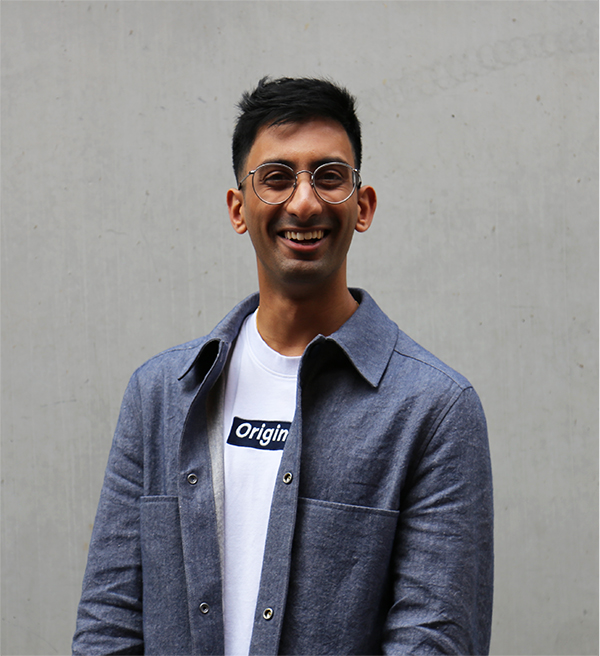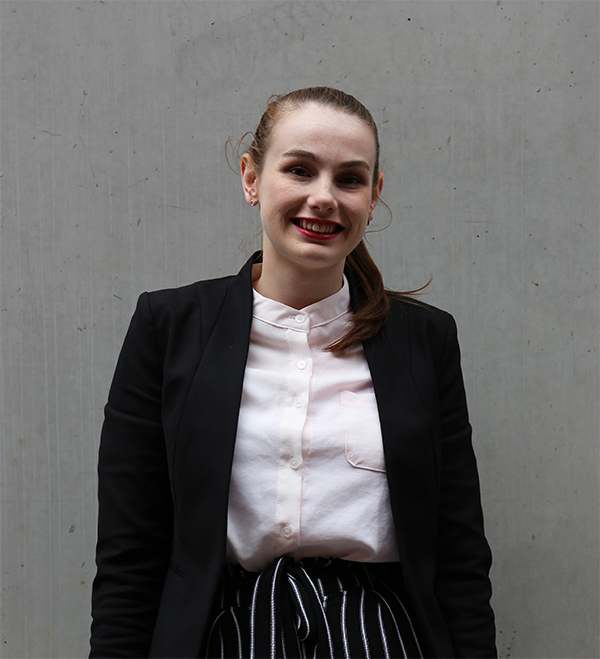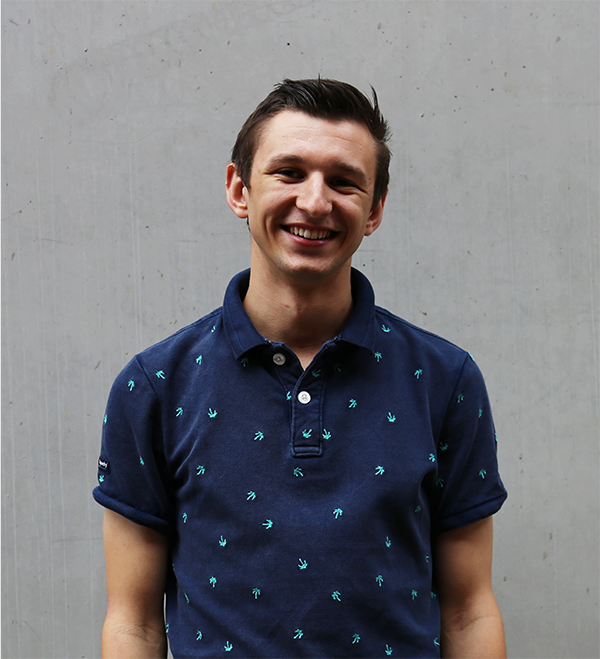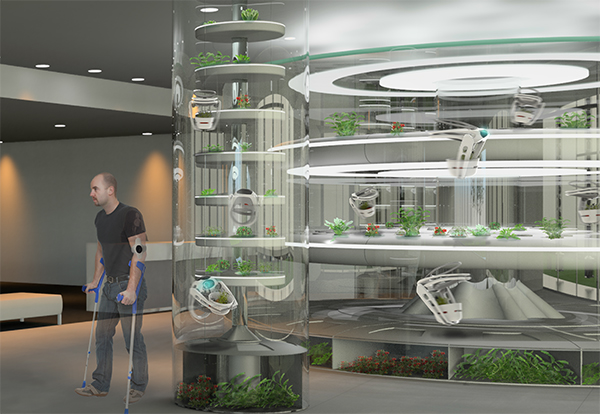ATMA
DIGISAVE
Personal device lectronics are our drivers for day to day activity and social connectivity. We’ve thought about how we could introduce responsible practices in electronic wastes and personal device use.
About the project
“A proposal to culminate personal electronic assistive devices and resolve it with Community based-infrastructure”
We are team ATMA, and we’ve banded together from Design Factory Melbourne; powered by IdeaSquare at CERN and the UN 2030 sustainable goals. Our purpose is to support responsible consumption and production issues within an Australian context.
We have specifically targeted e-waste (electronic waste) as our key consumption and production foci, and identified major social, environmental and health issues.
These include the import and export of current e-waste, the environments and communities these e-wastes affect, businesses fueling planned obsolescence, as well as repercussions of materiality and content consumption, specifically from media technologies and personal electronic assistive devices.
Based around these findings we suggest a proposal to culminate personal electronic assistive devices and resolve it with Community based-infrastructure that replaces personal computing devices with access to a data and computing network. It utilizes AR as the form for dominant media consumption and aims to fuse digital and physical
worlds to further support the interaction of physical world elements, all through a new lens.
This is powered by the integration of CERN technology, that can catalyse the change required to support responsible production and consumption, as well as mass behavioural and cultural change over a 3 step plan that focuses on solution implementation from 2020, 2025 and
2030; in accordance with the UN sustainability framework.
_
2020
Introducing digisave, the organization behind the implementation of the 2030 strategic plan ARECS (Australian Responsible Electronic Consumption Scheme) to lift Australians and the nation into a forerunner in the adoption of sustainable personal electronic device consumption. This is in response to the impending ban of electronic waste in landfills; an amendment to the 2011 product stewardship legislation.
_
2025
Following from our legislative plans, a detailed proposal for the recovery and identification of metals, both technological and core; with the transfer of CERN technology, shows the ability for Australia to convert waste into wealth. It shows how Australia can become an economy that has been distinguished with its ability to consider our biggest waste reservoirs as energy and economic producers.
_
2030
Whilst producing resources from our landfills, a conceptual framework for future device consumption is brought to light in what we proudly call; Tacti. Alongside this, a framework to transform technology retailers into hubs for knowledge and uptake of socially and environmentally sustainable devices is visualized with what we call ‘eli stations’ and ‘tailortech’. This caps off our 2030 strategic plan.
About the project
Phases of the Process
1. United Nations and the Sustainable Development Goals
This provided us with context to understand our specific focus of “Goal 12: Responsible Comsumption and Production”
2. Opportunity Cards
This allows us to ensure our problem areas are focused and easy to read when the time comes for ideation and conceptualization.
3. Technology Cards
the technology when the time comes to merge CERN technology with our problems areas.
4. Diverge to new areas
Even though we have two specific conceptual areas we are interested in, we wish to diverge a little more before locking in our final direction
5. Tackling E-waste
After taking a lot of things into consideration such as feasibility, radical nature of ideas and the way the directions addressed both CERN’s Technology and Goal 12 of the U.N. Sustainable Development Goals, we decided our final direction
6. S.A.R.N concept
With established grounds around e-waste and Australia’s growing footprint, we begin to diverge into new solution spaces. We revisit our solution space, and execute an evaluation
7. Utopian & Dystopian scenarios
Exploration stage focused around hand-held and mobile personal devices in effort to find breadth in the solution space.
8. Catalogue of ideas
Derived from our research around the current state of consumerism, consumer behavior and nature of driven technology. We have developed a catalogue of ideas that summarizes the current solution spaces we see potential in.
9 .NATPOD & DIGIHEART
We have formed two directions and practiced systems thinking. This will be pitched to a small audience the societal issue of e-waste, followed by our concepts and their societal impacts.
10. Data Capture Mobile Prototypes
Taking advantage of the high traffic at Swinburne University during Orientation week we developed two prototypes for user testing.
11. Behaviours and perceptions around disposing of e-waste.
We developed a survey concentrating on user behaviours and perceptions around disposing of e-waste. It touched on the buying preferences of consumers with regards to particular components and features.
12. Key stakeholders
This will help us maintain contact with key players whom would be integral for the success of our systems mapping. We take this process a step further by iterating our merged system.

Hasitha Bandara
Industrial Design
Being one of two Industrial designers on the team, I took the role of deep systems and empathic thinking approaches and fused it with the other Industrial designer; the technical expert. So to say, we worked as one brain together, both challenging each other in the conceptual aspects, which has resulted in a very thorough and detailed proposal. Amongst the 3 members, we worked as one entity and contributed our own pool of knowledge; I myself would take the role of documenting and visualizing systems which was one of the biggest learnings due to it being a collaborative effort

Rachel Easton
Communication designer
Rachel is a Communication Designer from Swinburne University. Throughout the Challenge Based Innovation Program, Rachel focused on critical thinking, working to ensure the project outcome illustrated a true consideration and implementation of Sustainable Development Goal #12; Sustainable Consumption and Production. She brought strong written, verbal and visual communication skills to the project; making sure that the vision of Digisave was equally strong and coherent.

Thomas Mozel
Industrial Design
Industrial Design honours student from Swinburne University of Technology. During the Challenged Based Innovation (CBI A3) he focused towards the technology research in the materials recovery process as well as creating high quality models to convey the conceptual message to create a strong a fluid concept.



